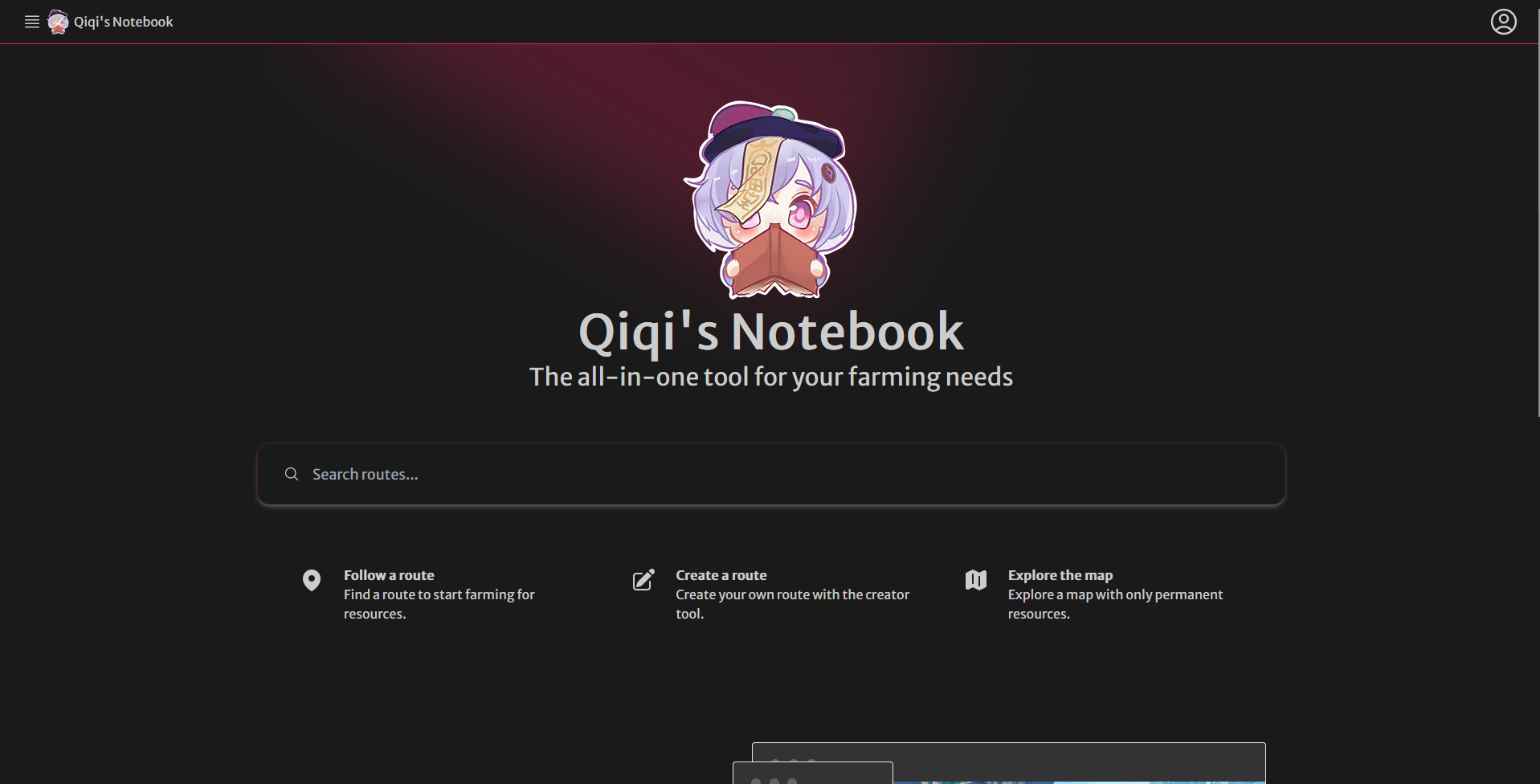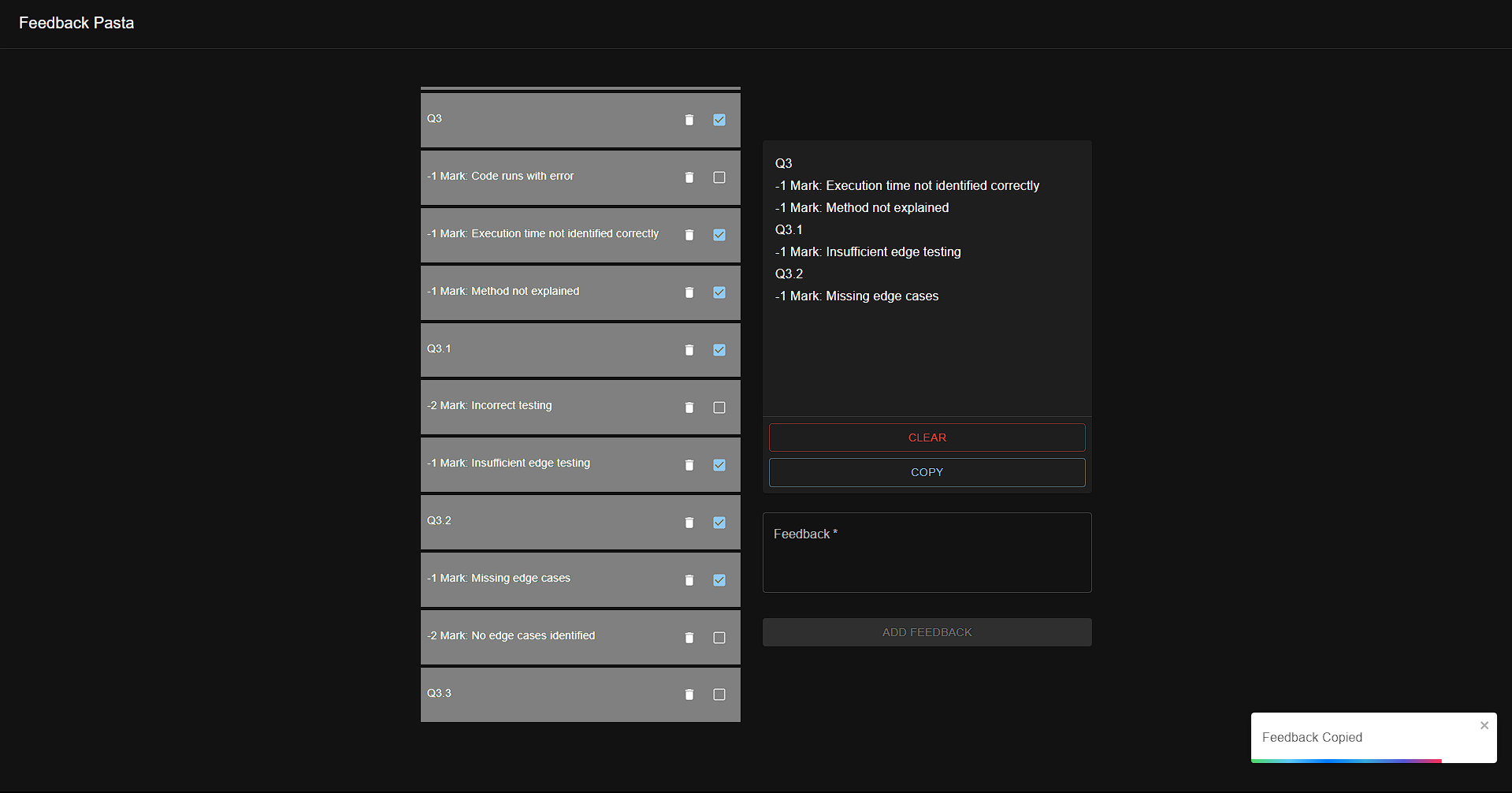I am
Ken
B. Software Engineering (Hons)
The University of Sydney
About
I am a dedicated software engineer from the University of Sydney, with a passion for building innovative software that solves complex problems. My interest in technology goes beyond just coding—I'm always eager to explore and master new tools and frameworks to continuously expand my technical abilities. This curiosity drives me to improve my implementations and push the boundaries of what's possible in solving real-world challenges. Currently, I am diving deep into full-stack development with a personal project that goes far beyond simple proof-of-concept applications or tutorial-based exercises. My platform consists of several full-stack applications along with a desktop application, handling over 100,000 visitors monthly and transferring nearly a terabyte of bandwidth. The scale of this project has led me to work with production-grade technologies and best practices, delving into areas such as load balancing, performance optimization, and high-availability architectures. This project has grown far beyond basic learning ventures—it is now a fully-fledged solution that holds up to real-world standards in both performance and scalability. As an independent learner, I relish overcoming challenges and pushing myself to learn and apply advanced concepts. For example, I self-taught the necessary skills to develop this platform solo, managing the entire development lifecycle from conceptualization to deployment. This has equipped me with a deep understanding of not just development, but also the operational and architectural aspects required to build software that scales. Beyond my technical pursuits, I have a personal interest in exploring new cuisines and discovering the art of food, which fuels my creativity and problem-solving mindset.
Languages
Frameworks
Libraries
Databases
Infrastructure
Services
My skills
Experience
Aug 2022 - Dec 2022
Academic Tutor
Casual
The University of Sydney
As a Tutor for Agile Software Development Practices, I facilitated students' learning of Agile Development principles and practices, as well as CI/CD tools for collaboration such as GitHub and Jenkins. In addition to my teaching responsibilities, I also assisted the teaching team with grading and developed internal tools for faster marking, including a similarity reporting software that helped identify dozens of academic integrity breaches. Through my efforts, I helped ensure that students received a comprehensive education in Agile Development and its associated tools, while also helping to maintain academic integrity within the program.
Projects

This community-driven project, utilized by over 100,000 visitors monthly, handles nearly a terabyte of data transfer. Initially focused on Genshin Impact, it has expanded to include Wuthering Waves, offering users virtual map routing tools for locating resources. The application features a comprehensive map, a database of routes, navigation tools, and a route creation tool. Moreover, a desktop application provides an always-on-top map view for seamless in-game use, ensuring players can access tools without disrupting gameplay. Private contributor and management tools support ongoing project maintenance, bringing the total applications for this project to 10.
CrowdsorFeb 2022 - Feb 2023
As part of my software engineering thesis, I developed a crowdsensing platform with support from my supervisor as an advisor. The platform offers crowdsensing as a service, enabling researchers to collect sensor data through crowdsourcing without the need to develop the sensing software or maintain the platform infrastructure. The platform simplifies the process for researchers by providing a single place to recruit and manage participants, eliminating the complexities of developing, distributing, and managing a crowdsensing project. It is both scalable and flexible, allowing projects of any size to quickly gather data and customize their sensing needs and recruitment processes. Additionally, the platform enables researchers to publish their projects and specify the types of sensing data they require. Participants can then use the mobile application to collect and submit data to researchers in exchange for rewards. The proof of concept for the platform was completed as part of my thesis, and the project has since been handed over for further development. I now serve as an advisor to the team taking over the project, providing support as needed to ensure its continued growth and success.
Exam Similarity EngineNov 2022

The project involved the development and implementation of a similarity detection program that works with the Canvas platform by Instructure. The program was designed to identify potential academic integrity breaches by extracting student exam submissions from Canvas and comparing them against each other. The program successfully identified dozens of students with high similarities in their answers, many of whom were confirmed to have cheated by copying from one another. This significantly reduced the time required to identify cheaters and increased the accuracy, ensuring that no students were overlooked. In addition to identifying potential cheaters, the program also allowed the marking team to easily look up specific answers and compare them across submissions. This streamlined the process of investigating suspected cheating and made it easier for faculty to take appropriate action. The program generates a summary report for further investigation by faculty, providing a detailed overview of the suspected academic integrity breaches. Overall, the program proved to be an effective tool in ensuring academic integrity and maintaining the quality of education in the online exam environment.
Feedback PastaNov 2022

The project involved the creation of a text builder tool designed to help the marking team quickly and efficiently generate feedback for assignments and exams. The tool aimed to eliminate the need for repetitive typing of the same feedback for each student, streamlining the marking process and allowing for faster grading. Using the text builder tool, the marking team could easily create and save frequently used feedback comments for future use. These comments could be customized to meet the individual needs of each student, ensuring personalized feedback for each submission. The tool also allowed the marking team to easily copy and paste feedback from the builder directly into the submissions, eliminating manual typing and significantly reducing grading time. This streamlined process not only sped up grading but also improved accuracy by minimizing the risk of errors or inconsistencies in the feedback comments.
VinsorJun 2022 - Jul 2022

The project involved the development of a simulation application that accurately modeled concrete durability. The application was designed to be highly configurable, allowing quick adjustments to the simulation model and user interface (UI) inputs without requiring code changes. The application supported queuing multiple simulations, enabling users to obtain results after the simulations had completed. It was also capable of processing billions of data points, generating high-resolution simulation data for detailed analysis. The simulation program could accurately model concrete durability over a period of up to 100 years, providing valuable insights into the expected long-term performance of concrete structures. The program featured a simple UI for inputting parameters and viewing results, including graphs. Additionally, users could export these graphs for further analysis and use.
Tekla Aid ProgramDec 2021 - Feb 2022
The project involved the development of a .NET application that automated a 3D drafting and modeling process, the specifics of which are under NDA. However, it can be shared that the application resulted in a 60% reduction in drafting time, showcasing its high efficiency and effectiveness. The application featured a user-friendly graphical user interface (GUI), which allowed users to easily build 3D models with adjustable parameters. This streamlined the drafting process, improving both speed and accuracy.